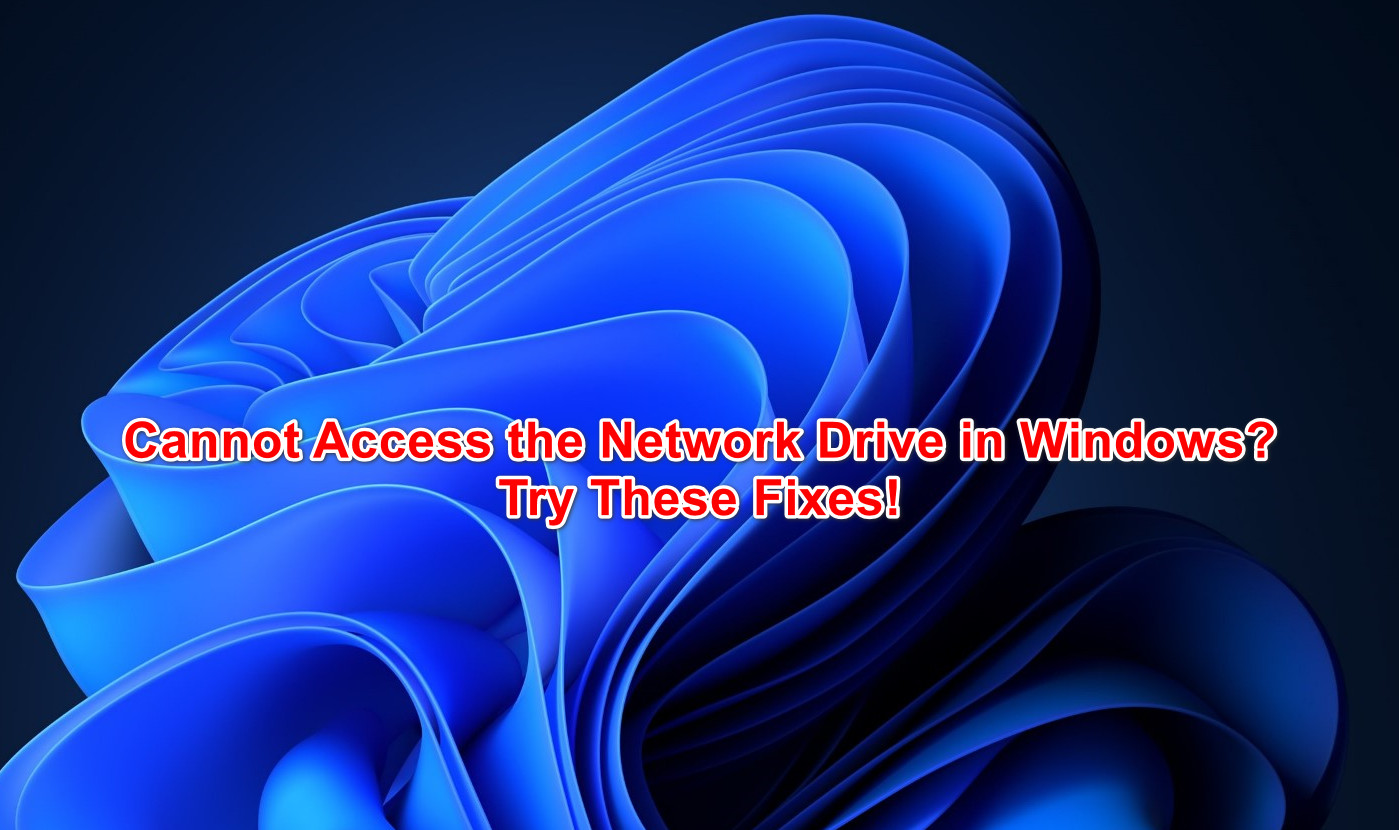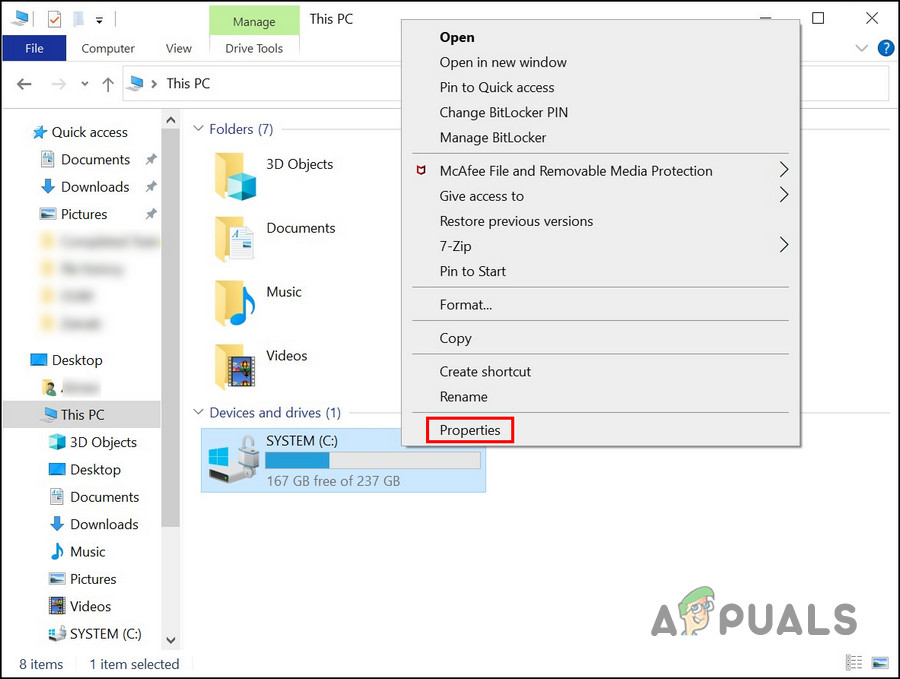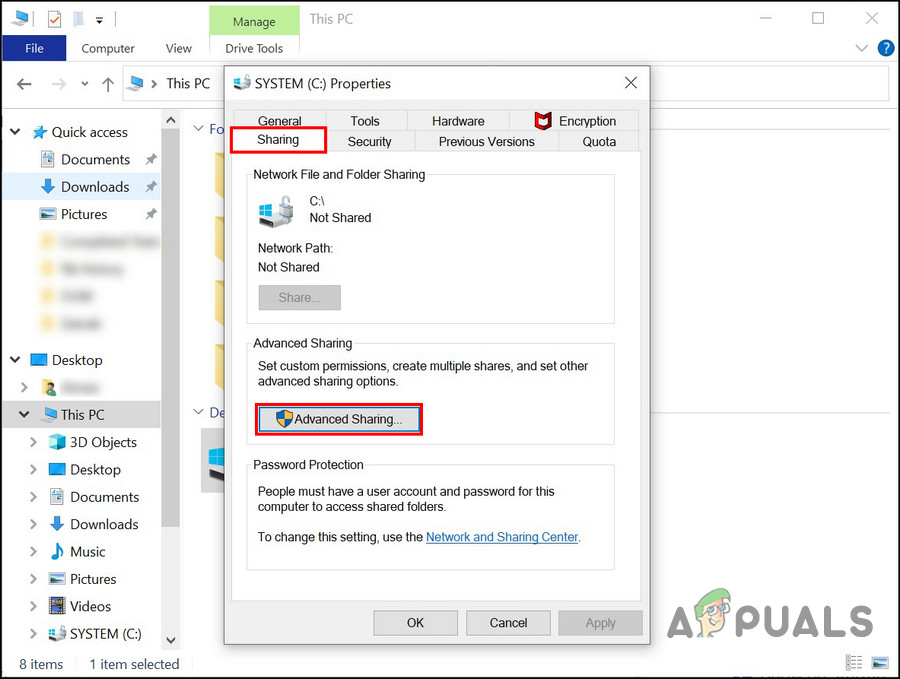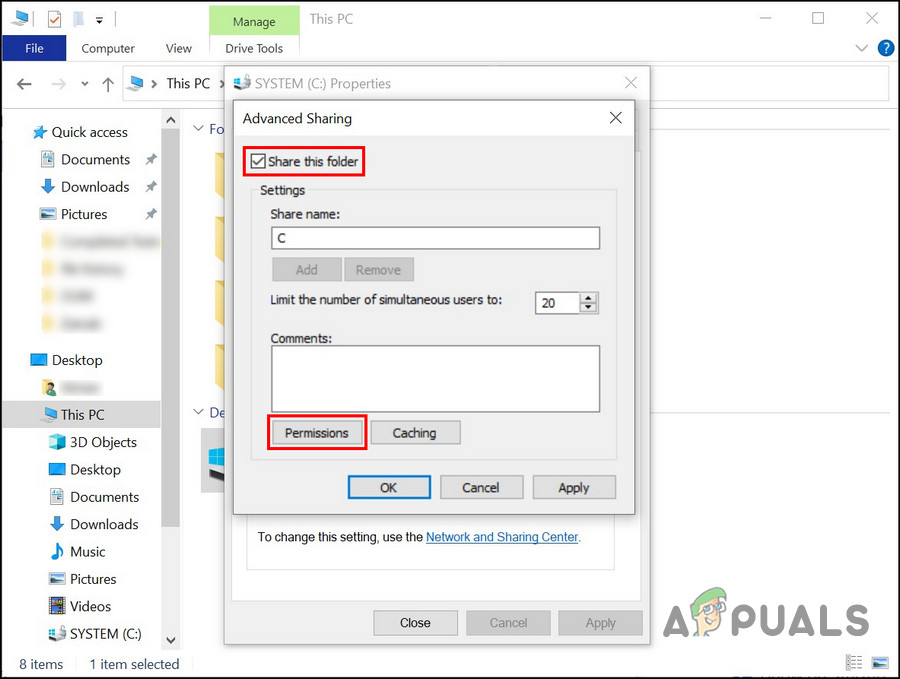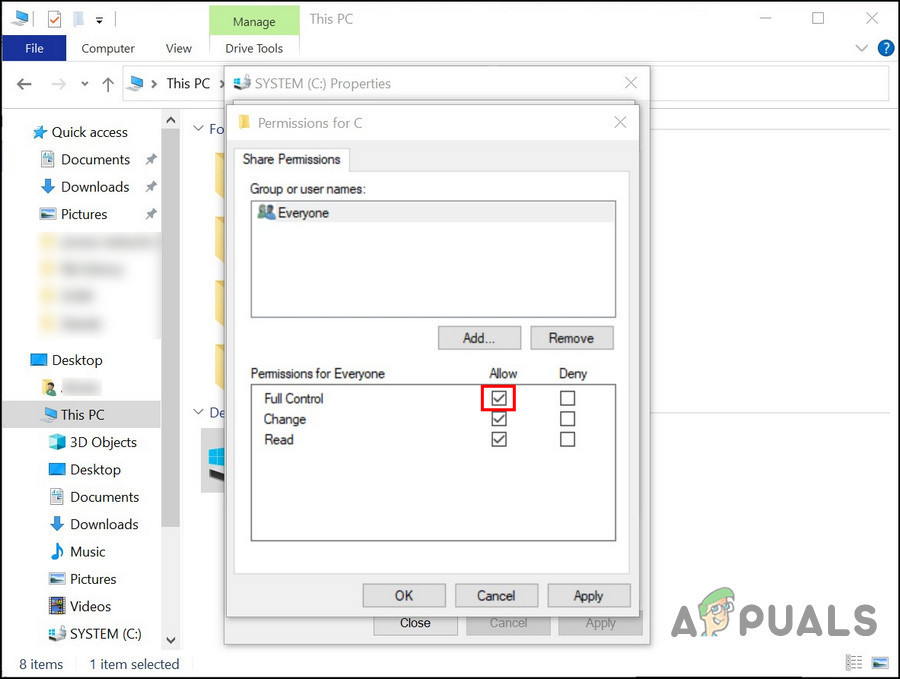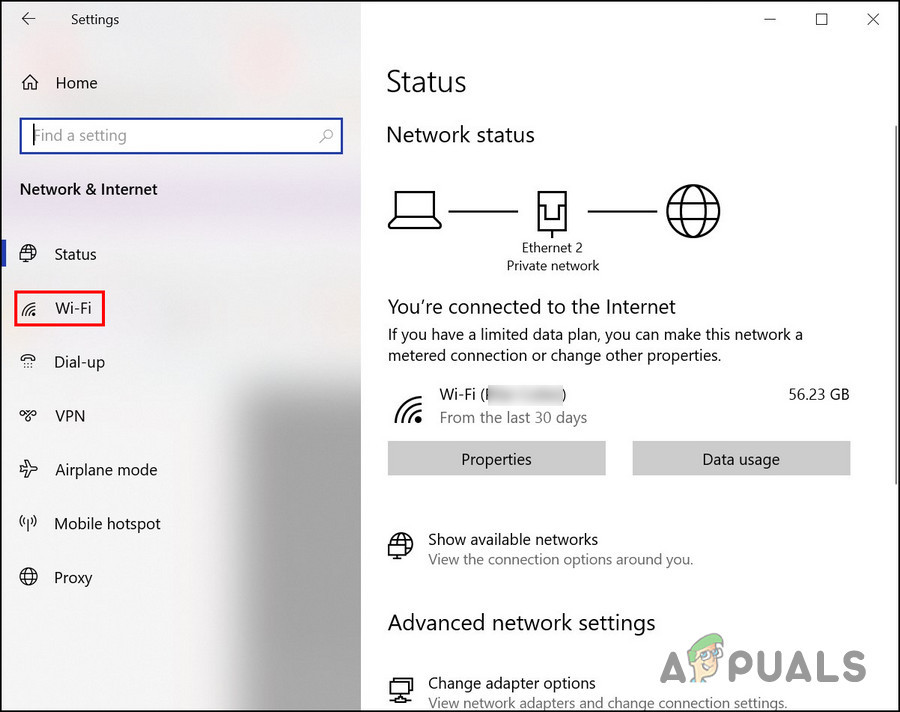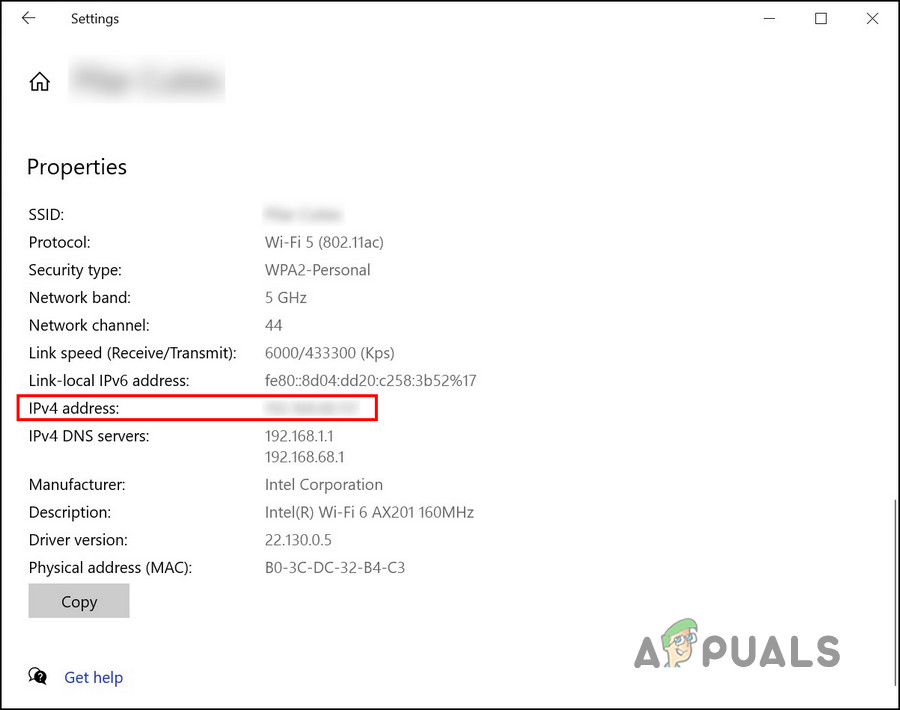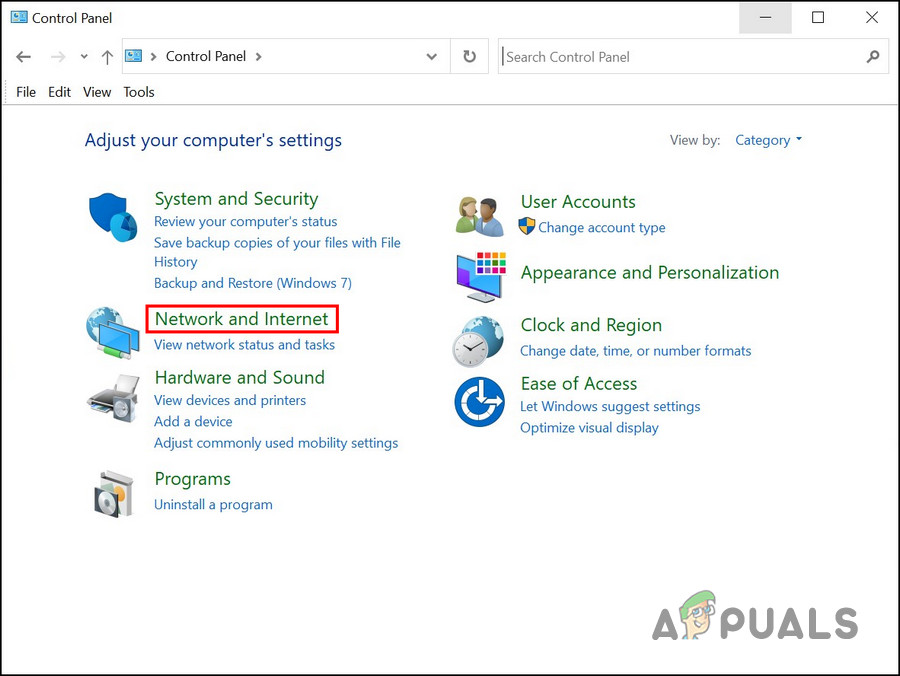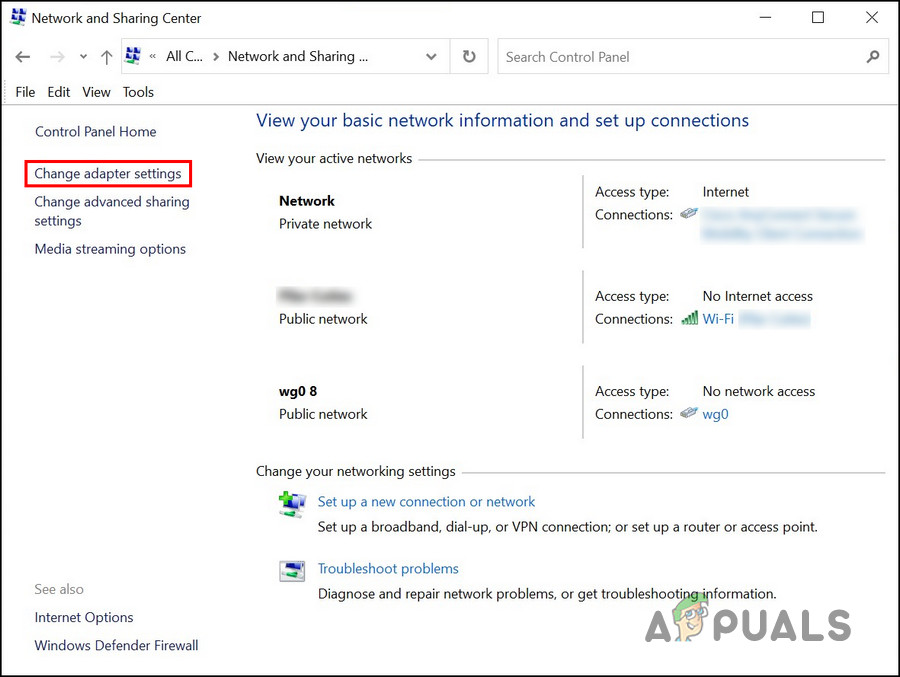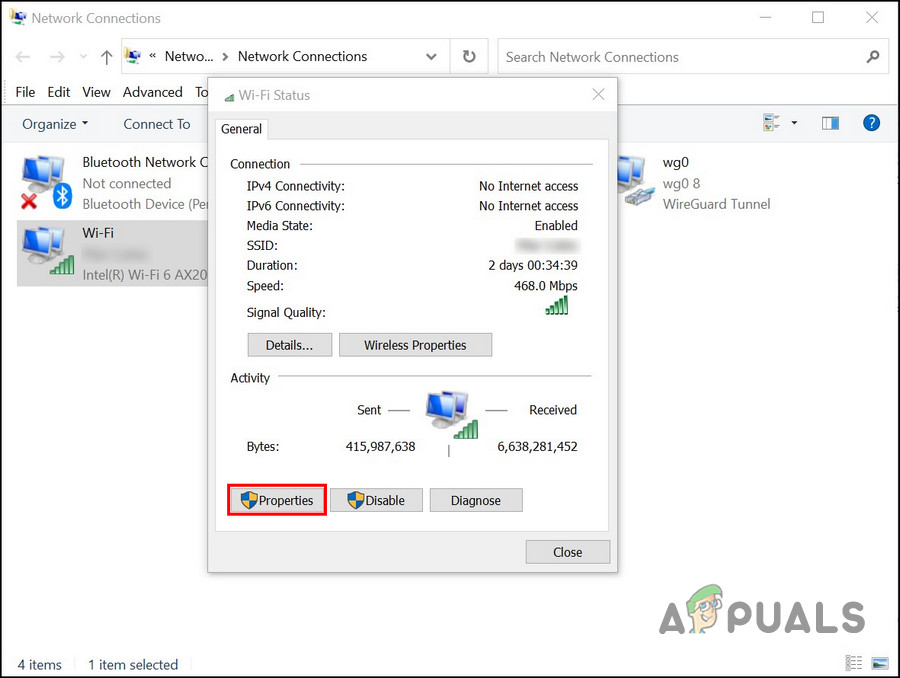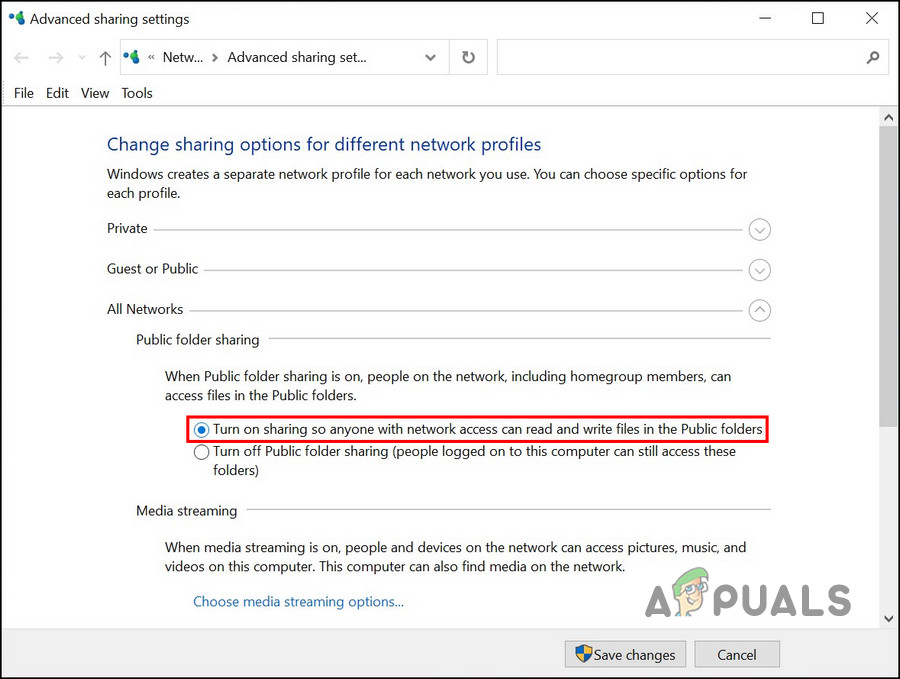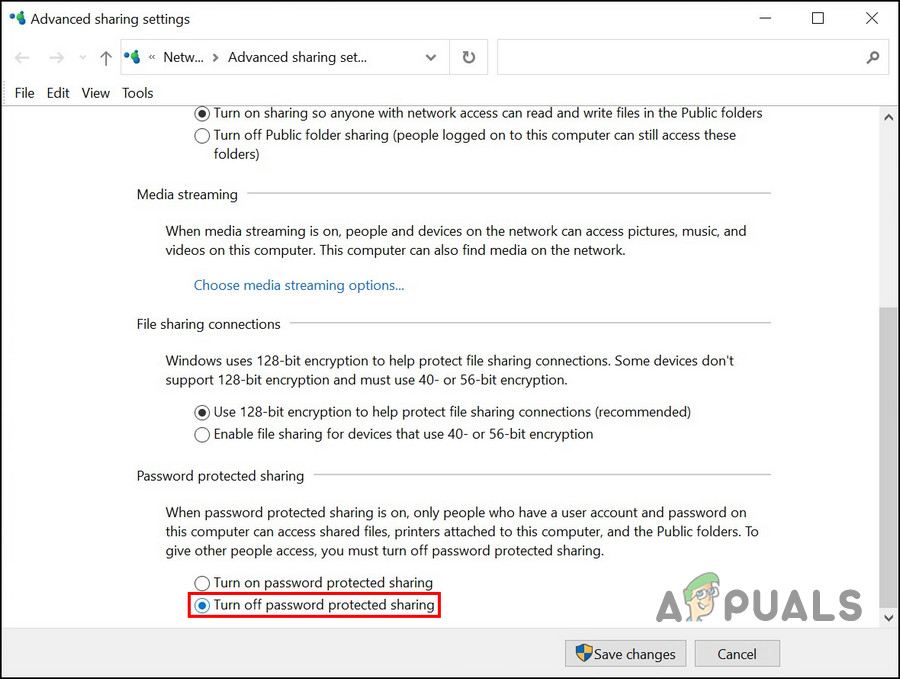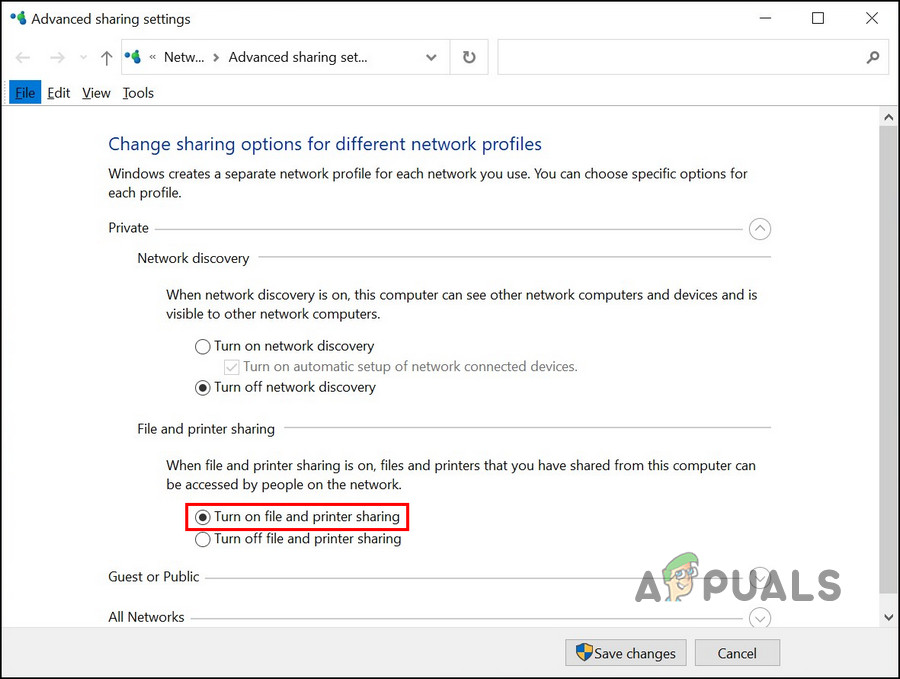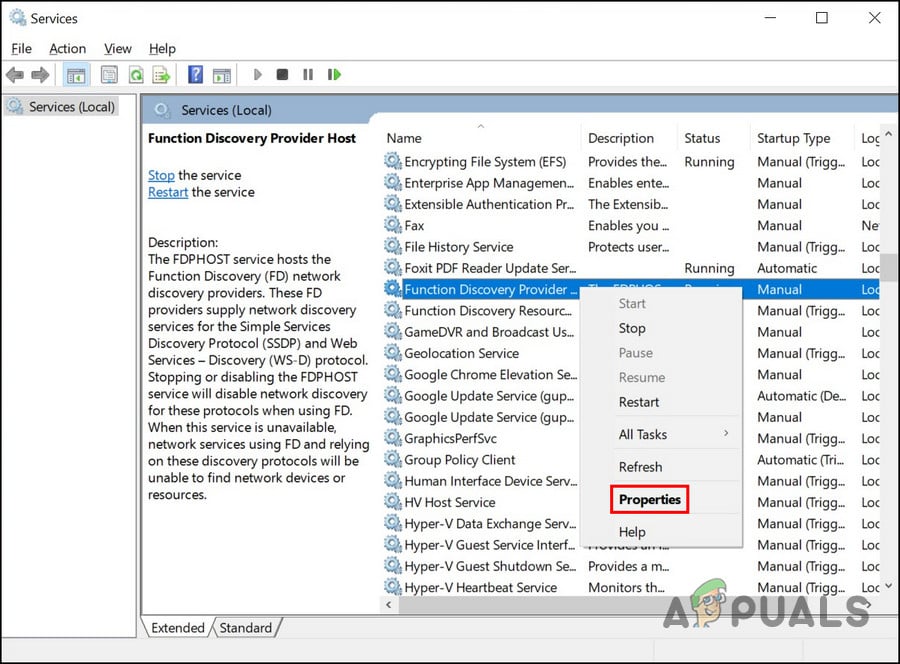We had a look into the issue and discovered that it can occur due to the following reasons:
Insufficient permissions – you most likely do not have enough permissions to share the targeted file or folder. You can ask your administrator to provide these permissions using a standard user account. You can also manually change the settings using the steps described below.Network discovery is disabled – the network drive might not be accessible because the system cannot discover the private network. You can simply enable Network discovery to resolve the issue.Relevant service is disabled – the relevant services are disabled or simply not working properly, leading to the issue. In this case, you can try restarting the services to fix the problem.A third-party security program is interrupting – a third-party security program might be blocking the network drive because of a false alarm. You can temporarily disable the program and check if it makes any difference.
Now that you know what might result in the error let’s jump to the troubleshooting methods that will help resolve the issue in no time.
1. Allow Sufficient Permissions
Since the most common reason behind the issue is user accounts not having sufficient permissions to share the targeted file, we first recommend modifying the sharing permissions of the file/folder. However, for this method, you will need administrative access to the system, so make sure that you sign into your administrator account if you are currently using a standard user account. Once done, here is all that you need to do: That is it. Once this is done, try resharing the targeted file and check if the network drive issue is resolved.
2. Ensure the IP Address Is Correct
Next, we recommend checking if the targeted computer’s IP address is entered correctly. There were instances where the users simply could not access the network drive because the IP address they entered was incorrect. Here is how you can check this: If you are using the correct IP address, it implies that the error is caused by something else. In that case, move to the next method below.
3. Disable IPV6
Another user fix for the network drive issue was disabling the Internet Protocol Version 6 on their systems. In the Internet Protocol, IPv6 (Internet Protocol version 6) is the sixth revision that replaces IPv4. Similar to IPv4, it gives Internet-enabled devices unique IP addresses to communicate with one another. While it works fine most of the time, it also has a reputation for causing issues like the one at hand. Here is how you can disable it to fix the network drive issue: Hopefully, this will fix the problem. We recommend that you enable the IPV6 option back after checking if disabling it fixes the issue.
4. Disable Password Protected Sharing
If you have enabled password-protected sharing on the network drive, then the network drive issue might also occur due to security reasons. In that case, you can try disabling the password-protected sharing option and see if that fixes the problem. Here is how you can disable the password-protected sharing option:
5. Enable File And Printer Settings
If your network profile does not allow you to share printers and files, you will also run into the issue. Here is how you can enable file and printer settings:
6. Enable the Relevant Services
As we mentioned earlier, the relevant services must also run properly for you to use the network-sharing service. Here are the services related to the network drive sharing feature:
Function Discovery Provider HostFunction Discovery Resource PublicationSSDP DiscoveryUPnP Device HostDHCP ClientDCP Client
Follow these steps to enable these services: You can now close the Services window and check if the network drive issue is resolved.
Fix: chkdsk cannot lock current drive errorFix: Cannot Access Network Shares after Update 1709How to Fix Windows Cannot Be Installed on Drive (0)How to Access Google Drive From Ubuntu File Manager?
